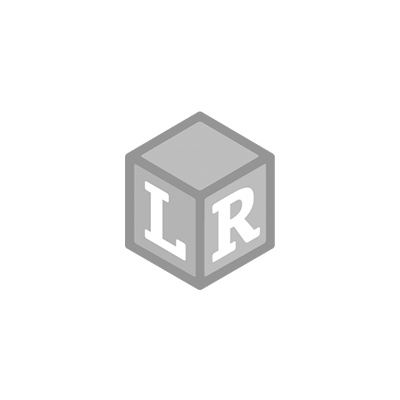
British Science Week – A guest blog by Science Sparks
- Laura Hutchinson Posted On Mar 8, 2019 | National Holidays
Emma is a busy mum to three even busier children. She is passionate about the importance of science education and making science fun for kids. You can find Emma’s science-based activities and investigations over on Science Sparks, a website bursting with creative and engaging ideas for children of all ages.
Emma has pulled together some fun science experiments that you can do at home to celebrate British Science Week.
Scienceat Home with Science Sparks
I’ve spoken to many parents over the years who find the prospectof science at home to be a little daunting; they worry it’ll be messy, not workor be hard to explain. There’s no doubt that sometimes it can be a little messyand it doesn’t always work, but part of the fun for me is working together withmy children to find out why something didn’t work or how we can improve it.
As this week is British Science Week there’s no better time tohave a go at some science at home. You’ll probably be surprised at how everydaykitchen items can be used for a fun investigation that’ll have both you and thekids asking questions and wanting to try more!
Ideas for Science at Home:
1. Make your own lava lamp

A lava lampis almost mess free and especially good as it can be used over and over again.
Materials
Tall jar orbottle
Vegetable oil
Water
Foodcolouring
Effervescentvitamin tablet
Instructions
Fill the jar or bottle about one quarter full with water.
Fill to almost the top with vegetable oil.
The oil and water will separate into two layers with water atthe bottom and oil at the top. If you shake the bottle to mix them up, theywill separate out again!
Once the oil and water have separated, use a pipette to drop foodcolouring into the oil. This will drop through into the water, which is greatfun to watch.
Drop half an effervescent vitamin tablet into the lava lamp andwatch the bubbles!
Once the bubblesstop add another half tablet to make the lava lamp fizz again.
Whydoes this work?
Theeffervescent vitamin tablet reacts with the water to produce carbon dioxidegas. The bubblesof carbon dioxide carry the coloured water into the oil giving a lavalamp effect.
2. Why do things float in water?

This activity encourages children to think about why some objectsfloat in water and some sink.
Materials
A selection of different balls – one should sink
Bubble wrap
Tape
A container filled with water
Instructions
Ask the children to sort the balls into those they think will sinkand those they think will float.
Test the balls one at a time.
Take a ball, which sank and wrap in bubble wrap secured with tape.
Test the bubble wrap ball again. It should float! If it doesn’tfloat add more bubble wrap until it does.
Whydoes this work?
Although the bubble wrap makes the ballweigh a little more, it also displaces extra water making the ball more buoyant.The pockets of air in the bubble wrap mean that the ball and bubble wraptogether are less dense than the water, which means the ball floats!
3. Chocolate Challenge
This is agreat activity for thinking about how things change over time and fantastic funas it includes chocolate.
Materials
White, darkand milk chocolate buttons
Timer
Pen and paper
Instructions
Place a whitechocolate button in the centre of the experimenter’s hand and start the timer.
Stop thetimer when all the chocolate has melted and record the time.
Repeat with amilk and dark chocolate button.
Try again,but this time the experimenter should close their hand and then try with the chocolatebuttons resting on top of the hand.
Where do theymelt the fastest? Why do you think that is?
Would a sugar-coatedchocolate like an M and M melt faster or more slowly?
If you likethe sound of the ideas above don’t forget to check out ScienceSparks for moresimple and fun science ideas for kids.









